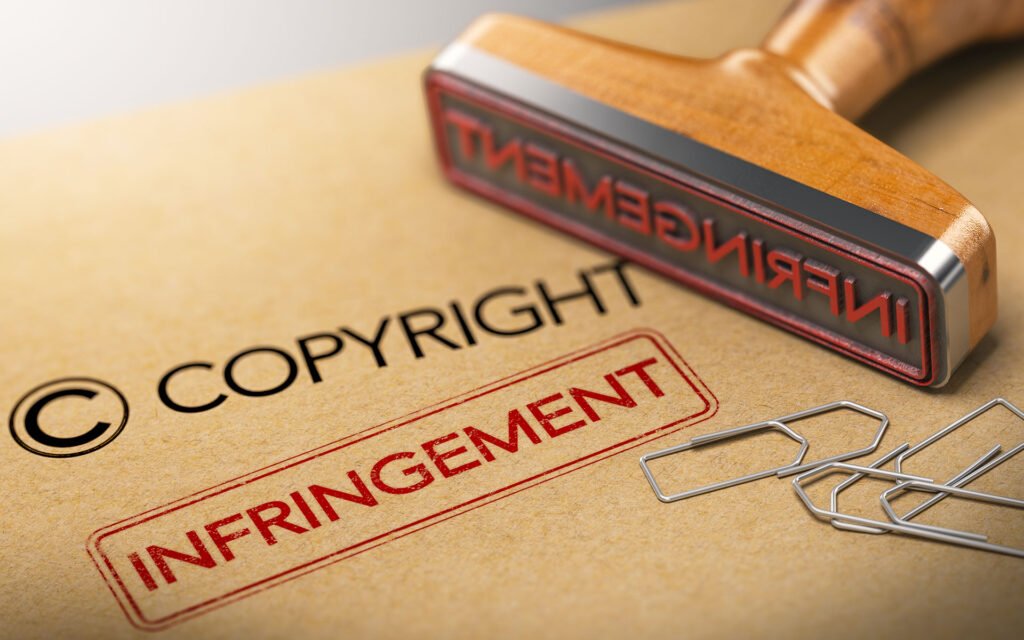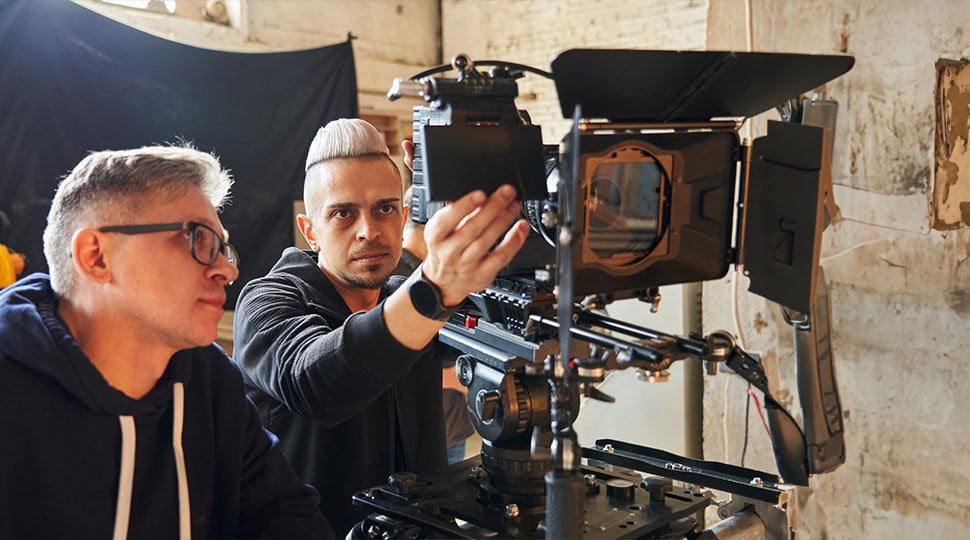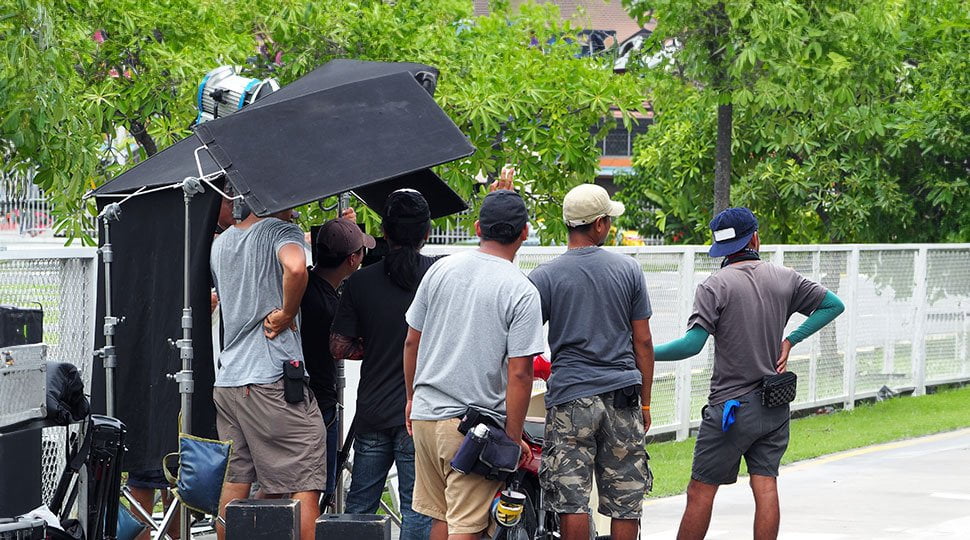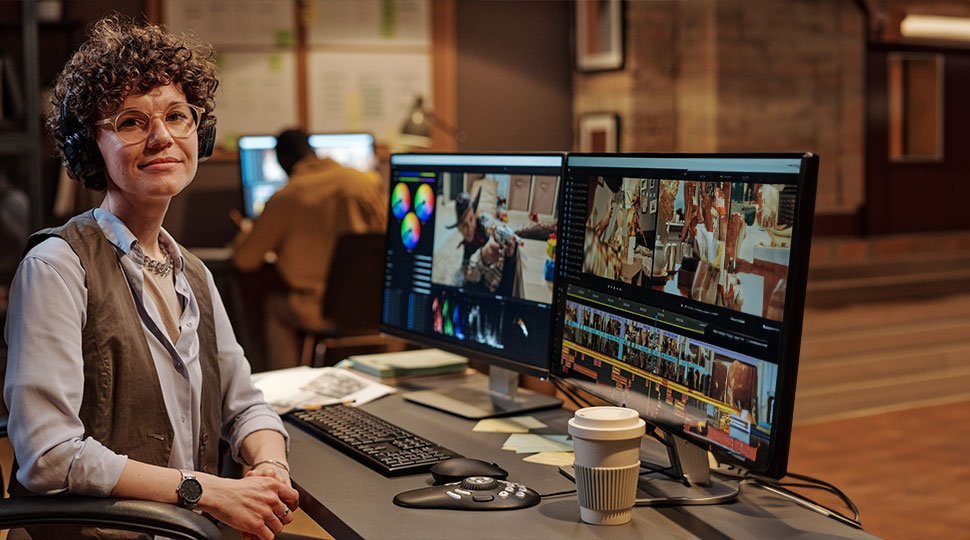Whether you’re an established filmmaker or an enthusiastic beginner, embarking on the journey of film production can feel like navigating a thick, uncharted jungle. It requires not only great creative vision but also an unfaltering attention to detail, unwavering dedication, and a good deal of knowledge about legal procedures – especially when it comes to clearance procedures in film production. Clearance procedures, though often overlooked amidst the thrill of set design and star casting, is a topic of paramount importance. Failing to understand and adhere to proper clearance procedures can quickly turn your magnum opus into a legal nightmare.
The Significance of Clearing Potential Claims
The term ‘clearance’ in the context of film production refers to securing the rights to use copyrighted or proprietary materials within a movie. These potential claims can be anything from copyrighted music and film clips to branded products, logos, and even locations.
Navigating these potential claims is crucial due to the legal and financial repercussions that can arise if unaddressed. If a film infringes on anyone’s Intellectual Property (IP) rights, the filmer is exposed to potential lawsuits that can be costly and damage their creative reputation. This underscores the importance of clearing any potential claims before your movie hits the big screen.
Pre-Production Phase
The importance of clearance is recognized even in the initial stages of film production. Much of the work done during the pre-production phase revolves around identifying any potential claims and taking the necessary measures to address them.

Script and Storyboard Evaluation
The very first step is a thorough evaluation of the script and storyboard. While highly creative, these elements are also the breeding ground for potential copyright issues.
Written infringed materials, trademark concerns, and undisclosed references to real-life personas or brands can become serious legal issues if not addressed promptly and accurately.
Consider consulting a legal expert or a knowledgeable script editor to ensure that your script is free from any potential claims. They will help you identify sections that may infringe on copyright or include items protected by a trade mark.
Location Scouting
Next up is location scouting. Many locations, especially privately-owned properties, require permits before you can start shooting a movie. Make sure that you approach the relevant authorities and obtain the necessary permissions. Remember, trespassing is a criminal offense.
In addition, you should also be aware of the differences in public and private property rights. For instance, filming in a city park (public) is often easier legally speaking than filming in a privately-owned coffee shop as public government bodies often have straightforward processes in place for acquiring permits.
Casting and Music Selection
To bring your scripts to life, you’ll need characters and the talent to portray them. However, along with casting come various legal and ethical considerations that filmmakers must navigate.
Talent Rights and Contracts
The rights of individuals involved in your film must be respected and agreed upon according to well-documented contracts. Before capturing anyone’s image or likeness, make sure you’ve received their explicit permission through a release form. These documents establish the rights filmmakers hold over the filmed content involving those individuals.
Bear in mind potential defamation claims. It’s crucial to ensure your depiction of real-life individuals (whether intentionally or unintentionally) is not harmful or misleading. Twisting or exaggerating someone’s character could result in defamation lawsuits.
Music Licensing
Music adds depth and emotion to any cinematic creation, but using someone else’s work can be legally complex. The first step is to secure synchronization (to pair music with visuals) and performance rights. Both these rights need to be sought from the song’s copyright owners.
For a more straightforward route, consider composing original scores for your film. Engaging with a composer to write unique music not only gives your film an originality boost, but it also removes potential headaches over copyright issues.
Props, Set Design, and Wardrobe
The visual components of your film, such as props, set design elements, and costumes can drastically impact the feel and aesthetic of your movie. However, these elements need to be handled thoughtfully and legally.
Intellectual Property and Prop Clearance
Utilizing props that include recognizable items from brands or trademarked logos can easily result in a legal dispute. To avoid this, filmmakers typically seek licenses to use these items, or opt for generic, unbranded props.
Costume and Wardrobe
When selecting clothes for your characters, take the same precautions. Wearing clothes that showcase trademarked logos or brand names without permission can lead to lawsuits. Equally important is the consideration of historical and cultural accuracy in your wardrobe choices. Inaccurate representation can lead to audience backlash, so strive for verifiable authenticity.
Filming and Documentation
Filming can be chaotic, but no matter the frenzy, you must stay diligent in your legal obligations and keep detailed documentation.
Proper Documentation
Keep a comprehensive record of all permissions and release forms. This includes contracts related to filming at various locations, hiring cast and crew, and procuring props or music. It’s also wise to document shoot dates and locations should any disputes arise about when and where filming took place.
Crowd Control
If your scene involves crowd shots, managing release forms can become particularly tricky. The rule of thumb is to obtain crowd release forms wherever possible. And, in case of privacy concerns, aim for a solution that balances creative needs without infringement.
Post-Production
After countless hours on set, your mission in the jungle isn’t over yet. Now, you venture into the equally critical realm of post-production where vigilance is key to ensuring all your creative hard work remains unblemished in the legal sense.
Editing and Clearance
The editing process involves careful orchestration of visuals, sound, and special effects to spin your accumulated footage into a coherent story. However, the technical artistry isn’t all that matters; rather, you must ensure that no unlicensed content remains in your final cut.
Therefore, now is the time to revisit your clearance procedures checklist. Do a final sweep to ensure all copyrighted material, branded items, music tracks, and actor likenesses involved have proper clearances before the final version of your film is released.
Understanding the nuances of fair use and transformative work is also key during this stage. While fair use offers a limited legal exception for copyrighted materials to be used without permission, it doesn’t provide blanket protection against all forms of infringement.
Music Score Integration
Whether you’ve licensed music tracks or commissioned original scores, be sure to credit composers, lyricists, and performers accurately. This simple, yet crucial, step shows professional courtesy and respect towards the artists’ work.
Additionally, steer clear of copyright violations on platforms such as YouTube, where algorithms often flag unrecognized licensed content.
Distribution and Exhibition
Next up is showcasing your work to the world. This phase requires attention to detail just as much as the others, with a slightly different focus.
Film Festivals and Premieres
Participation in film festivals and hosting premieres is a fantastic way to debut your movie. However, ensure that you meet all submission requirements and hold adequate legal documentation for your film.
Prepare yourself thoroughly for audience feedback, and most importantly, any potential claims or complaints. It’s an opportune moment to carry out a final review with your legal team, ensuring everything is tight and right for your film’s premiere.
Online Platforms and Streaming
With digital platforms becoming the goto choice for filmmakers to distribute their creations, understanding unique clearance procedures standards for specific online platforms is imperative.
Content takedowns and disputes are common on these platforms. To avoid this disappointment after all your hard work, familiarize yourself with platform-specific guidelines, staying prepared to deal with disputes or takedowns. Having a set of clearances procedures will come in handy.
That's a Wrap!
Bringing a film from a mere thought into reality is a colossal task. However, with the tools and knowledge to navigate the film production jungle, filmmakers can journey confidently and safely.
Clearing potential claims and respecting copyrights in every phase of film production is not only a legal directive; it’s also a mark of professionalism and respect for fellow artists’ work.
May this guide serve as your indigo print in the jungle of film production. The road may be long, but with determination and the right approach, it leads to the most rewarding of destinations: the magic of cinema.
Remember, the film industry is a collaborative endeavor. Don’t hesitate to ask for help, especially in the realm of clearance procedures, keeping in mind that we’re all collectively creating, learning, and growing in this extraordinary field of art and expression.








